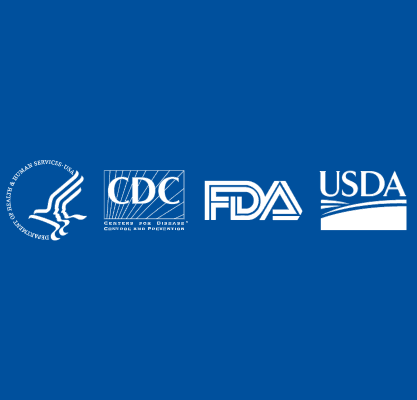Study Makes Connection Between Outbreak Data and Foodborne Illnesses

Outbreak illnesses and sporadic illnesses have similar traits. In addition, outbreak data can be used to assess the foods that are most frequently connected to particular foodborne illnesses. This analysis, all according to a recent study by the Interagency Food Safety Analytics Collaboration (IFSAC), could aid in improving the progression of science as well as provide a better understanding of the role of sporadic foodborne illnesses and their relation to an outbreak.
Scientists from IFSAC published the paper, “Comparing Characteristics of Sporadic and Outbreak-Associated Foodborne Illnesses, United States, 2004-2011”, in a July 2016 issue of Emerging Infectious Diseases. They collected data from the CDC’s Foodborne Diseases Active Surveillance Network (FoodNet) and compared outbreak illnesses with sporadic illnesses.
Available on the CDC’s website, key findings of IFSAC’s analysis include:
- Campylobacter, Listeria monocytogenes, and E. coli O157 outbreak illnesses are not significantly different from sporadic illnesses with respect to patients’ illness severity, gender, and age.
- Salmonella outbreak illnesses are not significantly different from sporadic illnesses with respect to illness severity and gender. For age, the percentages of outbreak and sporadic illnesses that occur among older children and adults are also similar. The percentage of outbreak illnesses in the youngest age category (0-3 years) was significantly lower compared to other age groups.